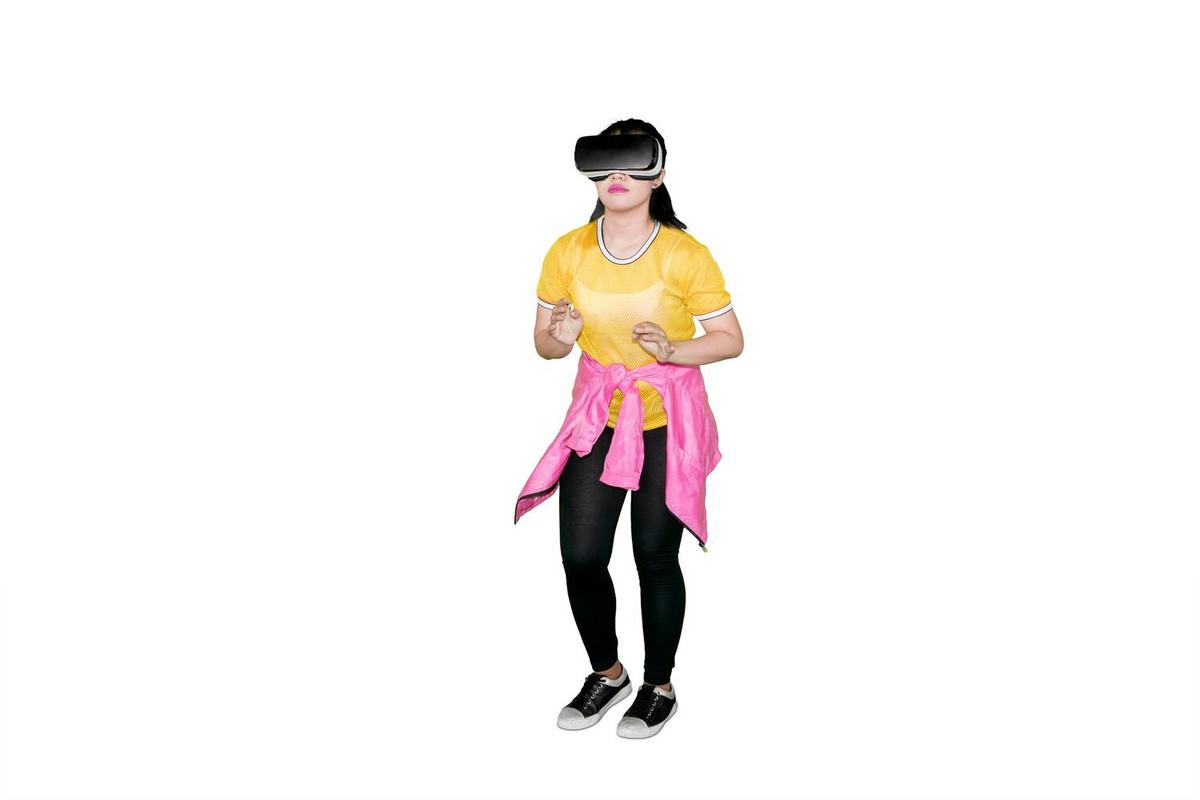
The Future of Fashion E-commerce: Personalization through AI
As digital landscapes evolve, fashion e-commerce stands at the forefront of technological innovation, with personalization through AI revolutionizing the shopping experience.
The Role of AI in Fashion Personalization
Artificial Intelligence (AI) is transforming how fashion retailers engage with customers, offering personalized experiences tailored to individual preferences and behaviors. According to a report by McKinsey, personalization can drive a 10-30% increase in revenue for fashion brands. By leveraging data analytics, AI enables businesses to provide customized product recommendations, enhancing customer satisfaction and loyalty.
Expert Insights
Industry experts highlight the role of AI in understanding consumer behavior. Lisa Smith, a leading fashion analyst, notes, “AI tools help retailers predict trends and consumer needs more accurately, creating a seamless shopping experience.” This sentiment is echoed by fashion tech strategist Mark Johnson, who emphasizes AI’s ability to analyze vast datasets to uncover insights that drive personalization.
Statistics and Research
Recent studies reveal that 80% of shoppers are more likely to purchase from a brand offering personalized experiences. Furthermore, research from Accenture shows that 91% of consumers are more inclined to shop with brands providing relevant recommendations and offers.
Real-Life Examples
Consider the example of a popular online retailer employing AI to recommend outfits based on previous purchases and browsing history. This level of personalization not only increases conversion rates but also enhances customer loyalty. Such initiatives demonstrate how AI-driven personalization can be a game-changer in e-commerce.
Actionable Tips for Retailers
- Leverage AI tools to analyze consumer data and predict trends.
- Implement personalized marketing strategies to engage customers.
- Utilize AI to optimize inventory and reduce overstock.
For fashion retailers looking to integrate AI, start with small-scale implementations, such as personalized email campaigns, to assess customer response and gradually expand.
Comparison Table: Traditional vs. AI-Driven Personalization
| Aspect | Traditional Personalization | AI-Driven Personalization |
|---|---|---|
| Data Analysis | Manual, limited insights | Automated, comprehensive insights |
| Customer Engagement | Generic marketing | Tailored experiences |
| Trend Prediction | Reactive | Proactive |
| Inventory Management | Forecast-based | Data-driven optimization |
| Customer Loyalty | Low impact | High impact |
| Sales Conversion | Moderate increase | Significant increase |
| Market Adaptability | Slow | Rapid |
| Cost Efficiency | Higher operational costs | Reduced operational costs |
FAQs
How does AI improve fashion e-commerce?
AI enhances fashion e-commerce by providing personalized recommendations, optimizing inventory, and predicting trends, which leads to improved customer satisfaction and increased sales.
What challenges do retailers face in implementing AI?
Retailers may face challenges such as data privacy concerns, integration complexities, and the need for significant initial investments in AI technologies.
Conclusion
As AI continues to evolve, its potential to personalize fashion e-commerce experiences becomes increasingly significant. By embracing this technology, retailers can enhance customer engagement, streamline operations, and ultimately drive sales. As the industry moves forward, AI-driven personalization will likely become a staple in the digital fashion landscape, paving the way for a more connected and customized shopping experience.


